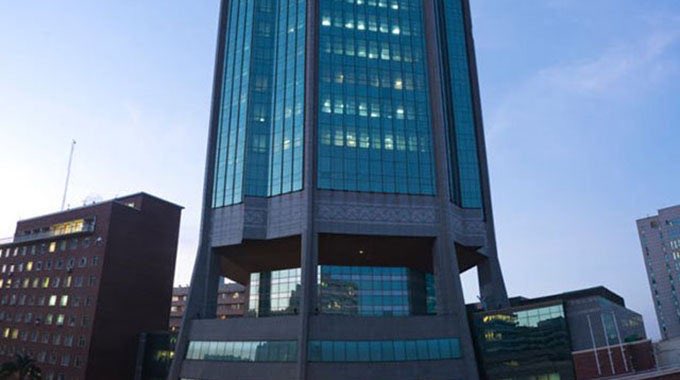|
Getting your Trinity Audio player ready...
|
Writes Michael Tichareva
The Reserve Bank of Zimbabwe (RBZ) introduced a new currency, the ZiG (Zimbabwe Gold), which is linked to the value of gold and the country’s foreign exchange reserves.
The ZiG is designed to be more stable than the previous Zimbabwean dollar and is intended to curb inflation.
The value of ZiG is anchored to the value of gold, meaning its exchange rate will be influenced by fluctuations in international gold prices.
The RBZ governor stated that the ZiG would be “fully anchored and fully backed” by a basket of reserves comprising foreign currency and precious metals, mainly gold. This indicates that the value of the ZiG is directly related to the performance of gold in international markets.
However, the relationship between ZiG and international gold prices is not a direct peg, but rather a mechanism to support the currency’s stability and provide a more reliable store of value.
The success of this approach will, therefore, depend on various factors, including the management of the country’s gold reserves and the effectiveness of RBZ’s monetary policy.
The RBZ Monetary Policy Statement focuses on several key issues:
Introduction of a new gold-backed currency: The RBZ announced the introduction of a new currency called ZiG, which will be backed by gold and foreign exchange reserves.
Tight monetary policy: The central bank will adopt a tight monetary policy, linking money supply growth to the growth in gold and foreign exchange reserves.
Abandonment of the auction system: The RBZ governor declared the discontinuation of the auction system, with immediate effect.
Conversion of RTGS accounts to ZiG accounts: Banks are instructed to convert all RTGS accounts into ZiG accounts to support the transition to the new currency.
Supporting economic reform momentum: The RBZ stated its commitment to sustaining the economic reform momentum, in line with the government’s efforts.
Overall, the Monetary Policy Statement focuses on stabilising the economy, controlling inflation, and promoting sustainable growth through the introduction of a new currency and the implementation of a tight monetary policy.
Warning
Several countries have faced challenges while attempting to de-dollarize their economies.
Here are a few examples and the specific challenges they encountered:
Zimbabwe: After years of dollarization, Zimbabwe introduced a new domestic currency in 2019. One challenge they faced was a lack of confidence in the new currency, leading to continued demand for US dollars and contributing to inflation.
Ecuador: Ecuador, which adopted the US dollar in 2000, has faced challenges in managing its economy without the ability to control its monetary policy. Attempts to de-dollarize have been met with public resistance due to fears of inflation and economic instability.
Argentina: Argentina has experienced multiple currency crises and has attempted to de-dollarize in the past. One challenge they faced was difficulty in maintaining a stable exchange rate between the Argentine peso and the US dollar, leading to inflation and economic instability.
Bolivia: Bolivia has been trying to reduce its dependence on the US dollar by using other currencies for international trade. However, this has led to challenges in managing exchange rate risk and maintaining sufficient foreign exchange reserves.
These examples demonstrate that de-dollarization can be a complex and challenging process, requiring careful management of monetary policy, exchange rates, and public confidence in the domestic currency.






